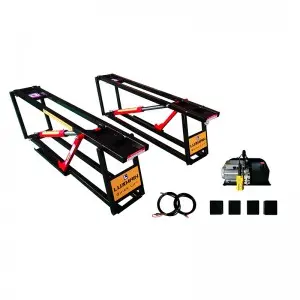Introduction to Cylinders
Cylinders are fundamental geometric shapes widely recognized for their unique properties and applications across various fields. Defined as a three-dimensional object with two parallel circular bases connected by a curved surface at a particular distance from the center, cylinders are not only commonly found in mathematics and engineering but also in everyday life and cutting-edge technologies. This article delves into the defining characteristics of cylinders, their mathematical properties, various types, and their significant roles in multiple industries.
The Geometric Properties of Cylinders
From a mathematical standpoint, a cylinder can be classified into two primary forms: right cylindrical and oblique cylindrical. A right cylinder features bases aligned directly above one another, while an oblique cylinder showcases bases that are offset. The standard mathematical formula for calculating the volume \( V \) of a right circular cylinder is given by:
\[ V = \pi r^2 h \]
where \( r \) is the radius of the base and \( h \) is the height of the cylinder. The surface area \( A \) of a right cylinder can be calculated using the formula:
\[ A = 2\pi r(h + r) \]

Cylinders Unveiled: Understanding Their Role and Applications in Engineering, Everyday Life, and Innovative Technologies
These formulas reveal the simplicity yet profound impact of cylinders in mathematics and physical sciences. Moreover, their symmetry and structure make them essential in engineering design and analysis.
Cylinders in Engineering
Cylinders have a monumental significance in the field of engineering. They are commonly utilized in the design of various mechanical components, such as pistons, hydraulic cylinders, and tanks. For instance, hydraulic cylinders operate on the principles of hydraulic pressure, elevating or shifting heavy loads in construction or manufacturing processes. Engineers utilize the strong structural integrity of cylindrical shapes to create lightweight yet strong materials for vehicles, aeronautics, and machinery.
In automotive engineering, cylinders play a key role in internal combustion engines. Engine cylinders house pistons, facilitating the conversion of fuel into mechanical energy that powers vehicles. The arrangement of cylinders (inline, V-shaped, or opposed) significantly impacts the engine’s performance, efficiency, and power output.
Everyday Applications of Cylinders
In addition to engineering applications, cylinders permeate everyday life. Common items such as cans, bottles, and tubes exemplify the cylindrical shape. The design of these objects is often influenced by functional requirements such as stability and storage efficiency. For example, a soda can is constructed as a cylinder to provide strength while minimizing material usage, thereby reducing costs and waste.
Moreover, bolts and screws, which often exhibit cylindrical features, are instrumental in fastening components across a plethora of applications, from household furniture to large construction projects.
Cylinders in Advanced Technologies

Cylinders Unveiled: Understanding Their Role and Applications in Engineering, Everyday Life, and Innovative Technologies
Cylinders also play an emerging role in cutting-edge technologies. In the realm of space exploration, rockets utilize cylindrical tanks to store liquid fuel. Understanding the structural dynamics of cylinders helps engineers design more robust fuel tanks capable of withstanding the extreme conditions of space travel.
In the field of biotechnology, cylindrical designs are applied in the development of medical devices, such as stents and syringes. The cylindrical shape allows for efficient delivery, insertion, and positioning within the human body, showcasing how mathematical principles translate to significant healthcare advancements.
Conclusion

Cylinders Unveiled: Understanding Their Role and Applications in Engineering, Everyday Life, and Innovative Technologies
In essence, cylinders are integral components both in theoretical mathematics and practical applications that touch our lives daily. Their unique characteristics provide substantial benefits in engineering, everyday items, and innovative technologies. As society continues to innovate and evolve, the importance of cylindrical structures will remain at the forefront, playing a pivotal role in designing the future. Understanding and leveraging the properties of cylinders is not just a specialized field but a universal necessity that fosters progress in multiple domains. Through their continued study and application, cylinders will undoubtedly shape the landscapes of industries and everyday life for years to come.quick lift car lift




